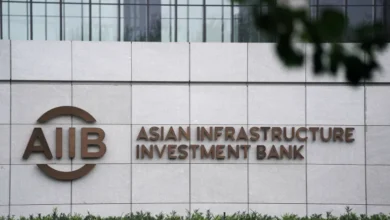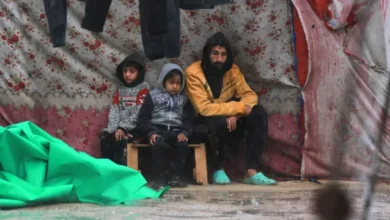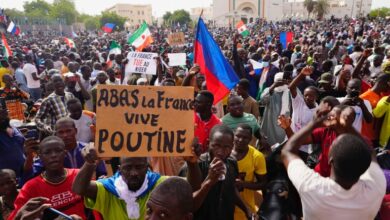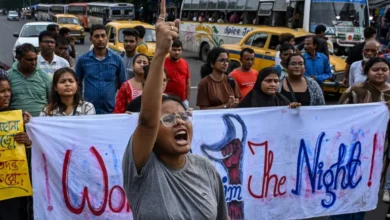The Egyptians finding a ‘second home’ after migrating south to Tanzania
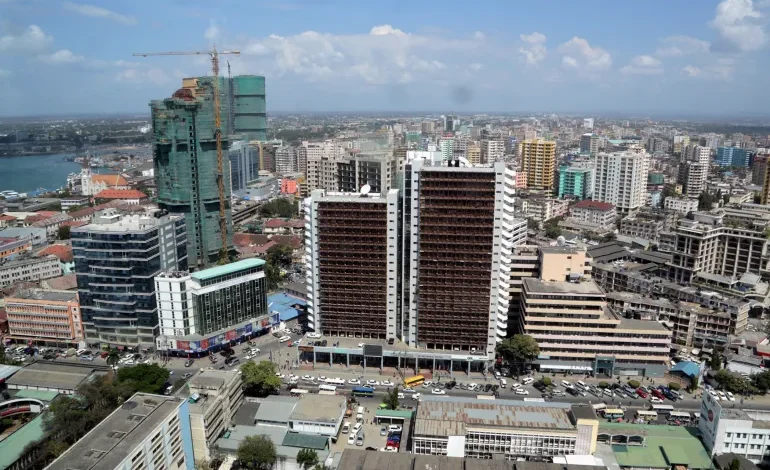
When Ahmed Ginah first left his village in Egypt’s northern delta for the Tanzanian capital in 2017, it was with little more than a dream. Four years later, he named his company after that dream.
“When I first came to Tanzania at 28, no one imagined why I would head south,” Ginah, who is lightheartedly called the “Mayor of Egyptians in Dar-es-Salaam”, told Al Jazeera, saying that in the minds of many of his friends and family back home, countries in sub-Saharan Africa are tainted by stereotypes of famine, poverty and disease.
But when Ginah arrived, what he found were opportunities – and a chance to build something new.
“In 2021, I established my company, Dream [Trading],” he said, in recognition of his “dream” to be a success. He set it up with savings of $3,000, tapping into a growing market importing and exporting aluminium household goods. As the years progressed, he expanded into the steel business.
But beyond work, the 36-year-old is also somewhat of a benevolent godfather figure for other North African migrants making the journey southward.
Ginah has a standard daily routine. Every morning, his driver, Hamed, drops him off at the household goods warehouses attached to Dream Trading. A while later, he drives him to City Mall, the most popular shopping centre in Dar es Salam’s Kariakoo neighbourhood.
Ginah is a regular at the Somali cafe there, where he sits until about noon, meeting other Egyptians and Tanzanians, often over a breakfast of mandazi – deep-fried dough fritters dusted with powdered sugar – or a chipsi mayai, a popular street food omelette with French fries, tomato sauce and vegetables.Typically, Egyptians who move to Tanzania already have a relative or friend living there. For those who don’t, Ginah helps them find a place to stay, sometimes offering them a job at Dream and helping cover their rent if they’re an employee. He also introduces them to the work system in Tanzania, and gives them a lay of the land about cities where they can potentially work.
“However, the most important thing I provide,” said Ginah, “is a trusted, guaranteed translator.” In urban centres in Tanzania, people speak English. But many village residents only speak Swahili. This could lead to misunderstandings and expose newcomers to “fraud or scams”, Ginah said, so he lends a helping hand.
“I help those who come to work, not those who lie on their laurels and delegate the work to the translator or others,” he said. “In such cases, I advise the person that this country has a lot to offer, but it doesn’t give to the lazy or dependent.”
Ginah has gained a lot in eight years. Today, his company distributes products throughout Africa, and he has helped dozens of young men from his home village relocate and establish themselves in Tanzania, where an estimated 70,000 Arabs live – including 1,200 Egyptians, according to figures provided by Egypt’s ambassador to the country, Sherif Ismail, in 2023.
South-south migration
While Europe fortifies its borders against North African migrants, ambitious young Egyptians in a struggling economy are looking for alternatives to emigrating to the West, according to Ayman Zohry, a demographer and expert on migration studies at the American University in Cairo.
This south-bound migration has accelerated significantly in recent years.
Official statistics show the number of Egyptians in non-Arab African countries increased from 46,000 in 2017 to 54,000 by 2021.
This trend stands in stark contrast to the perilous journeys many Egyptians still make across the Mediterranean. In 2023, Egyptians represented more than 7 percent of all arrivals in Italy along the Central Mediterranean route, making them the fifth most common nationality, according to a report by the Mixed Migration Centre.
The European Union recently responded with a new 7.4 billion euro ($8.7bn) agreement with Egypt, partly aimed at boosting border controls to reduce irregular migration to Europe.
Zohry explained that Egypt’s youth migration trends are undergoing a notable transformation.


